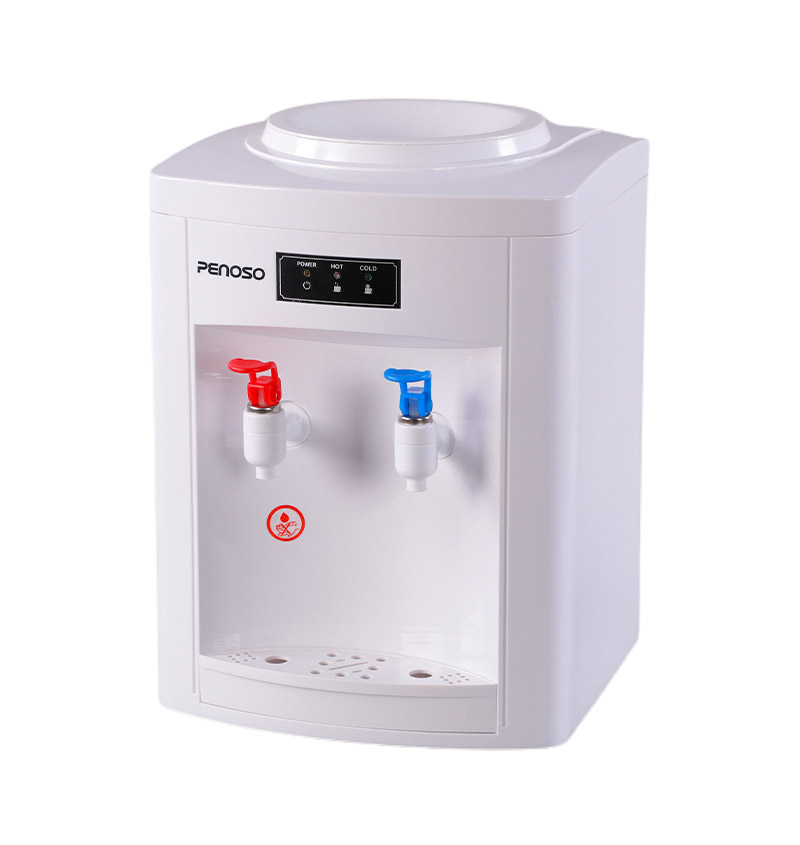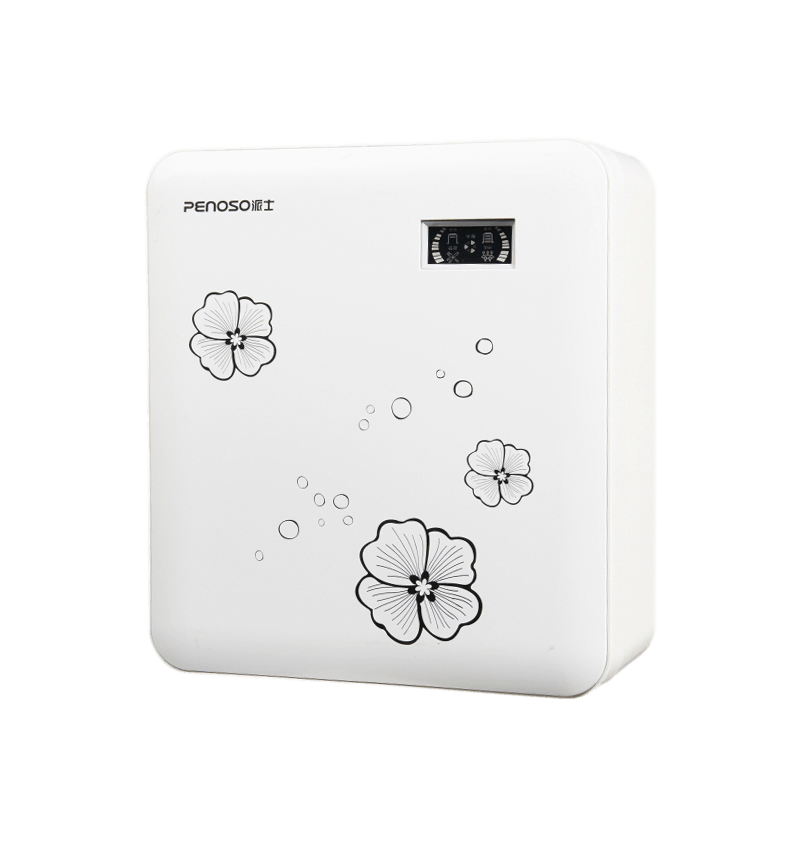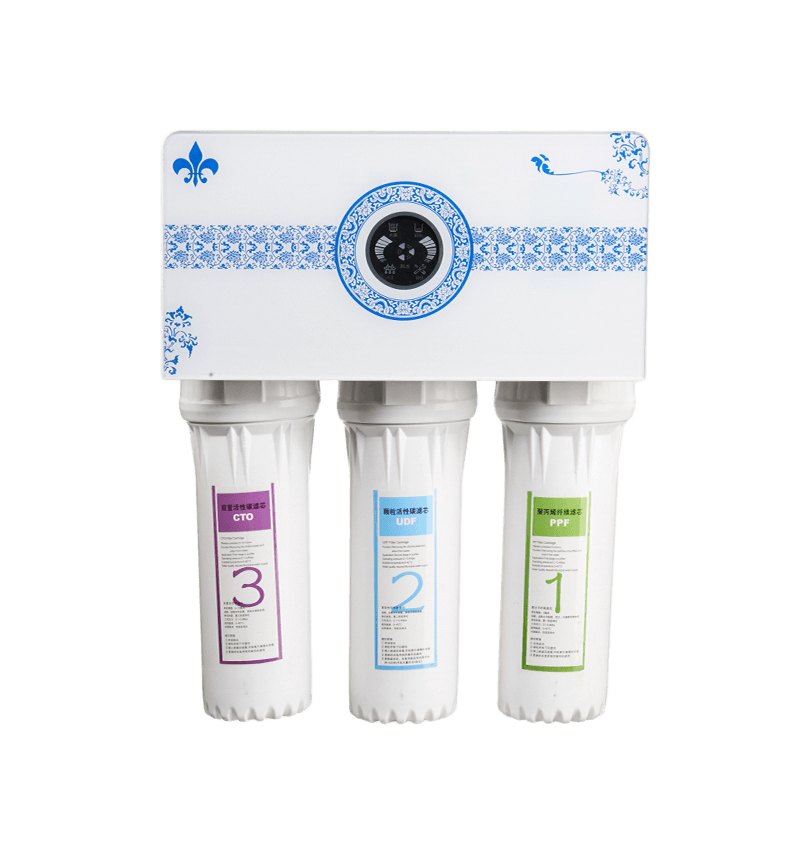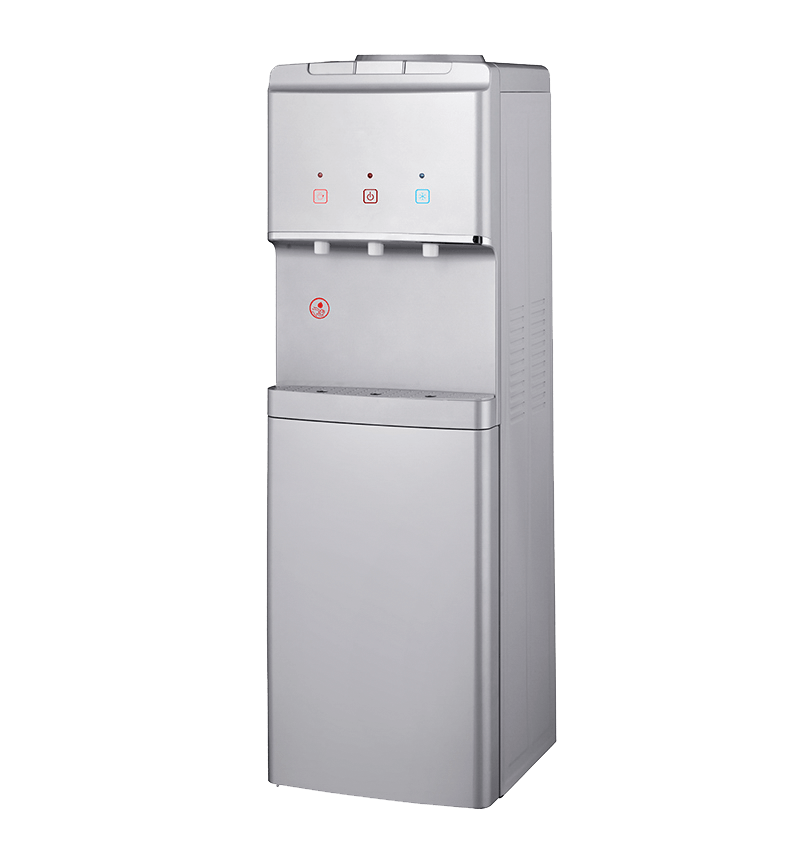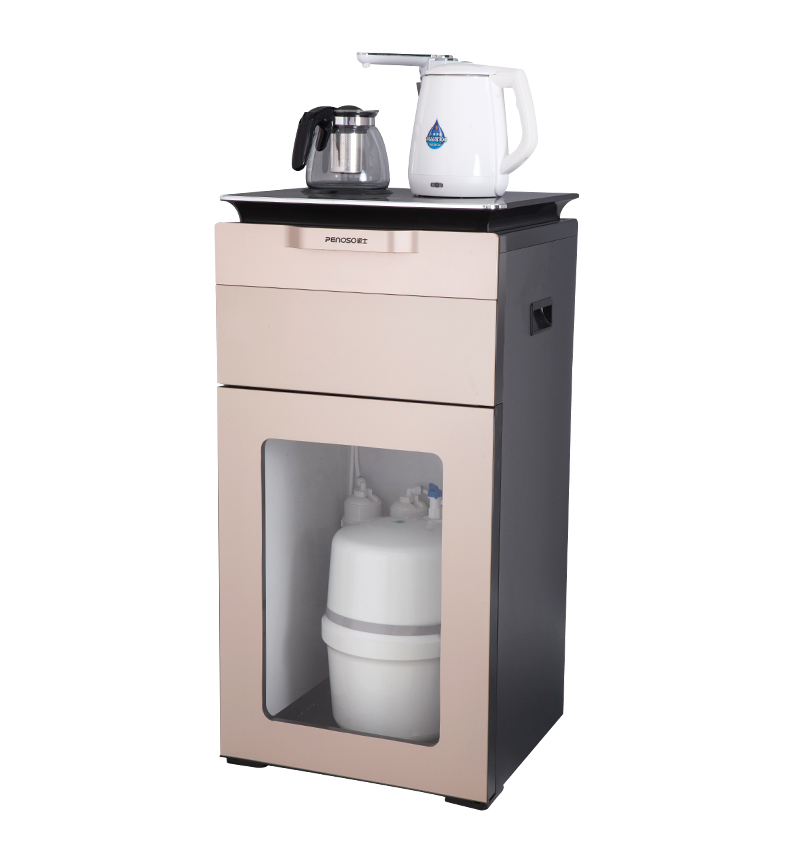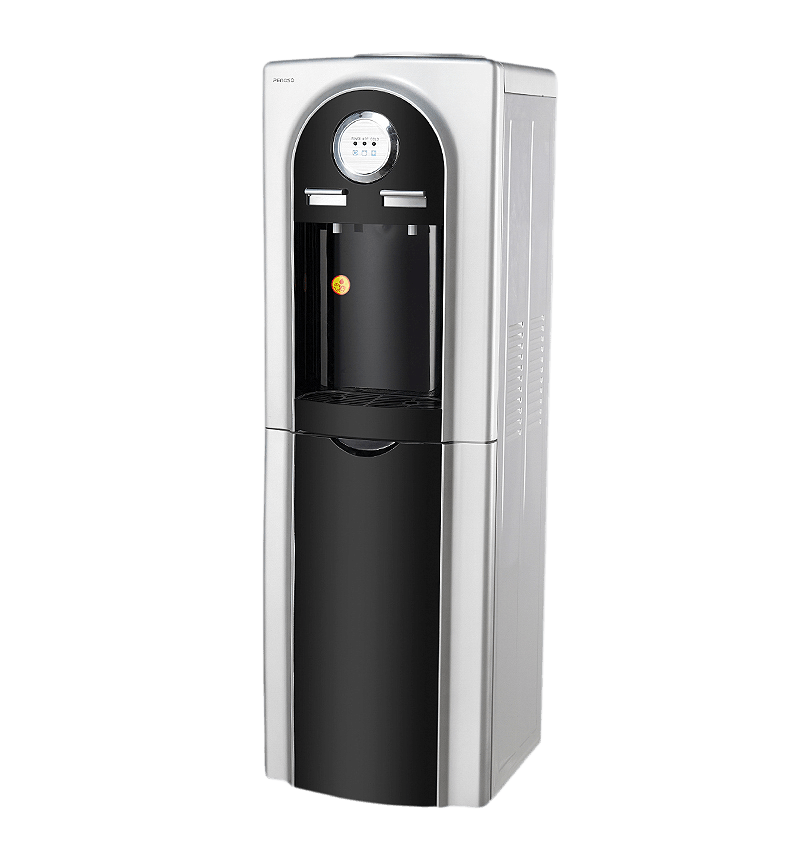Internal structure affects maintenance difficulty
Pipeline water dispensers are generally designed with a closed water system. After water enters the pipe, it is filtered through multiple stages and then heated or cooled. This structure has high sealing properties and can effectively prevent dust and pollutants from entering, but it also means that some internal parts such as water tanks and water pipes are difficult to directly contact. Therefore, its cleaning method relies more on automatic cleaning functions or regular flushing with detergents.
Some devices are equipped with built-in cleaning modes, which automatically flush the internal water circuits through hot water circulation, ozone disinfection or cleaning fluid. Users only need to start the corresponding program to complete most daily cleaning tasks. This method is relatively simple, but it still needs to be combined with regular inspections of the filter element and pipeline to ensure that the system is unobstructed.
Filter element replacement is a key maintenance link
The filter element of the pipeline water dispenser is a key component that affects water quality safety. The types of filter elements used in different devices may include activated carbon, ultrafiltration membranes, PP cotton, etc. These filter elements will accumulate impurities after a period of use and need to be replaced in time, otherwise it will affect the filtration effect and even cause secondary pollution.
The filter replacement method of most pipeline water dispensers is relatively intuitive. You only need to open a specific area of the body, rotate or pull out the old filter, and then install the new filter. Some models are also equipped with a replacement reminder function, which can remind users of the replacement time based on the length of use or water flow. As long as you follow the instructions, the replacement process is not complicated.
Daily cleaning of the external body is simpler
In addition to the maintenance of the internal waterway and filter, the external cleaning of the pipeline water dispenser is relatively easy. The panel, water outlet and operating area can be wiped with a soft damp cloth to keep the surface clean and avoid scale or bacteria accumulation. For removable components such as drip trays, they can also be taken out regularly for flushing or disinfection to keep them hygienic.
In public environments, such as offices or schools, special personnel should be arranged to regularly clean the surface of the equipment to reduce the health risks caused by cross-use. Some models have anti-fingerprint and non-stick coating designs, which further reduces the frequency of daily wiping.
The frequency and method of cleaning vary depending on the environment
The difficulty of maintaining a pipeline water dispenser is also affected by the use environment. In areas with a lot of dust or hard water, minerals, scale or impurities are easily accumulated inside the device, and the cleaning frequency needs to be increased. In low-frequency use environments such as homes, the maintenance interval can be relatively extended, but the filter element must also be replaced periodically.
Regardless of the scenario, developing a maintenance plan suitable for the local use environment is the key to maintaining the long-term stable operation of the pipeline water dispenser. Including weekly external wiping, monthly internal disinfection, and quarterly inspection of the pipeline and filter status, it can effectively extend the life of the equipment and ensure healthy drinking water.



 English
English عربى
عربى Português
Português Español
Español.jpg)
